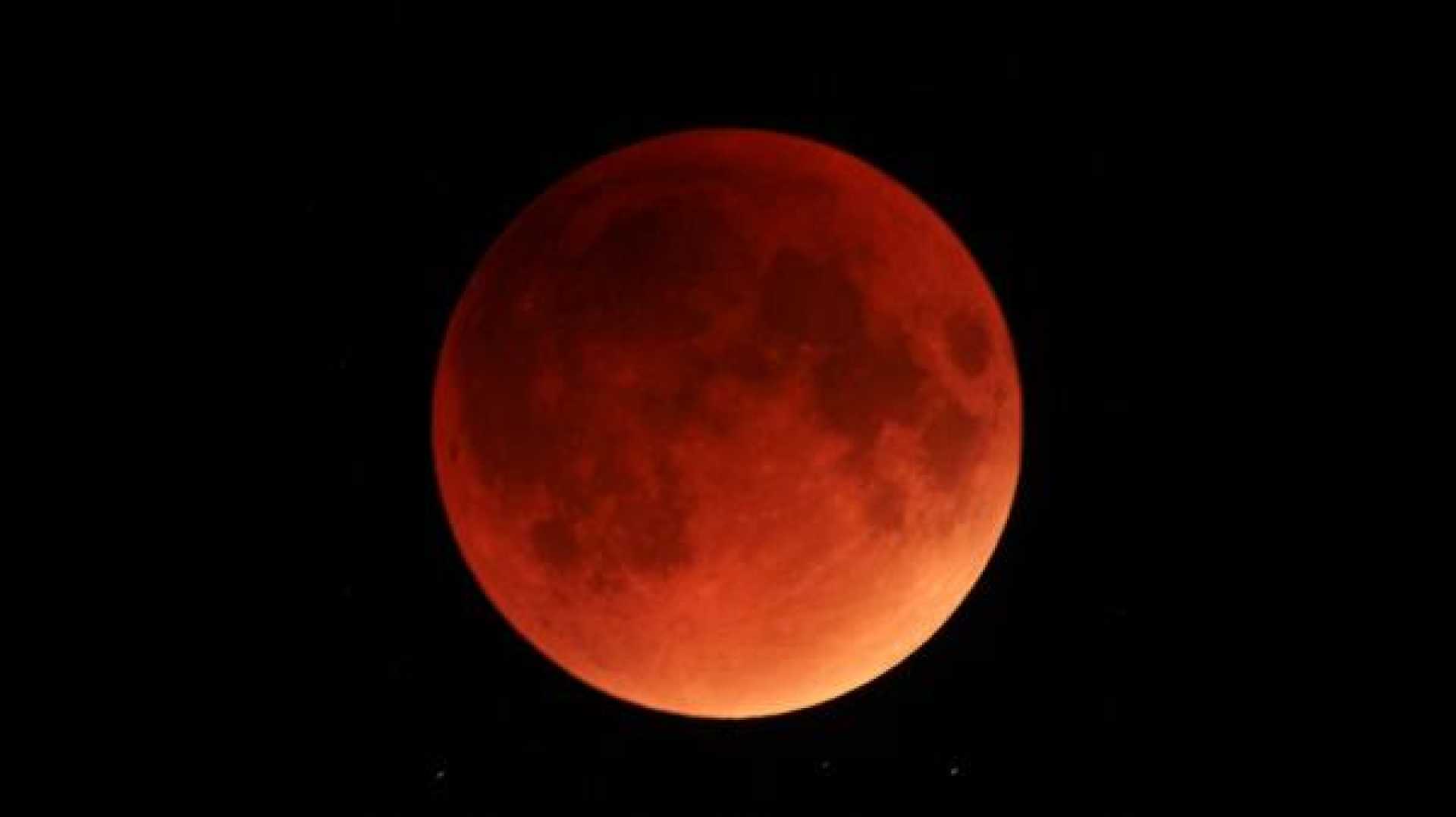News
Upcoming Lunar Eclipse to Paint Sky Red in March 2025

LOUISVILLE, Ky. — On the night of March 13 and early morning of March 14, 2025, a total lunar eclipse will unfold, bringing the spectacle of the ‘Blood Moon’ to viewers in North America and parts of South America. This celestial event will be the first total lunar eclipse since November 2022, and it will mark a prime opportunity for skywatchers to observe the moon transform into a reddish hue as it passes through Earth’s shadow.
A lunar eclipse occurs when the Sun, Earth, and Moon align, allowing the Moon to pass into the Earth’s shadow. During a total lunar eclipse, the Moon falls within the darkest part of Earth’s shadow, known as the umbra, which causes it to appear orange or red. This phenomenon led to the term ‘Blood Moon,’ as sunlight scattering through Earth’s atmosphere filters the deeper red tones onto the lunar surface.
According to NASA, optimal viewing conditions for the eclipse will be available to residents of Earth’s Western Hemisphere. No special equipment is required to observe the eclipse; however, binoculars or telescopes can enhance the experience. Finding a dark area away from bright urban lights will yield the best viewing results.
This eclipse promises to provide a stunning view of not only the Moon but also neighboring planets such as Jupiter and Mars. The Moon will begin its journey in the constellation Leo, moving beneath the lion’s hind paw before crossing into Virgo as the shadow of Earth dims its glow.
As the eclipse approaches, meteorologists suggest that skywatchers pay attention to the atmospheric conditions to ensure a clear view. The eclipse is expected to demonstrate a similar visual effect to that of sunrises and sunsets — the phenomenon caused by the scattering of sunlight by the Earth’s atmosphere. On a clear day, we see blue light scattered in the sky, while the reddish hues prevail during sunrise and sunset due to the angle of sunlight passing through the atmosphere.
Rick DeLuca, a meteorologist, emphasized that this total lunar eclipse offers a rare chance for amateur astronomers and families alike to witness nature’s artistry. He advises, “Look to the western sky on the night of the eclipse. It’s an event you won’t want to miss.”
As excitement builds for this cosmic event, lunar enthusiasts can find tips and recommendations for optimal observation on several astronomy websites, including NASA’s monthly skywatching guides. Whether capturing images or simply enjoying the view, the total lunar eclipse is set to be a highlight of the evening sky.












